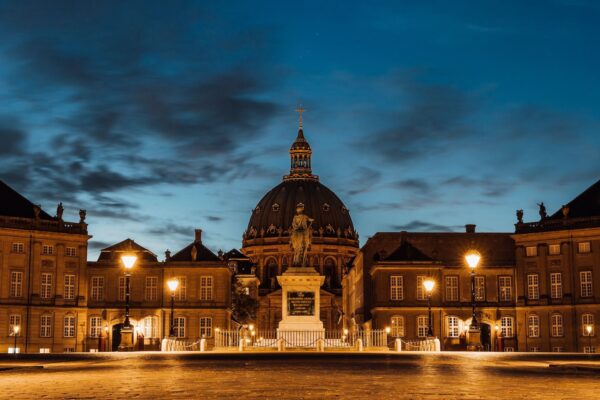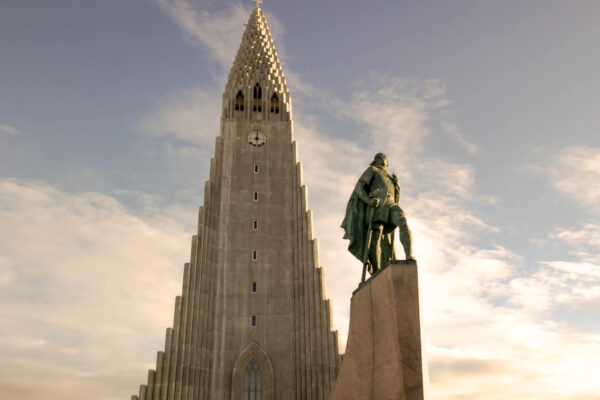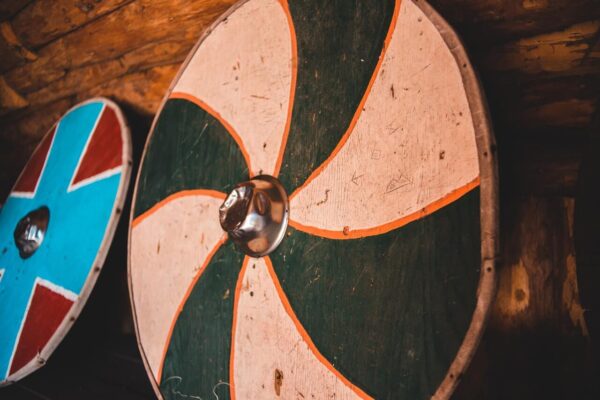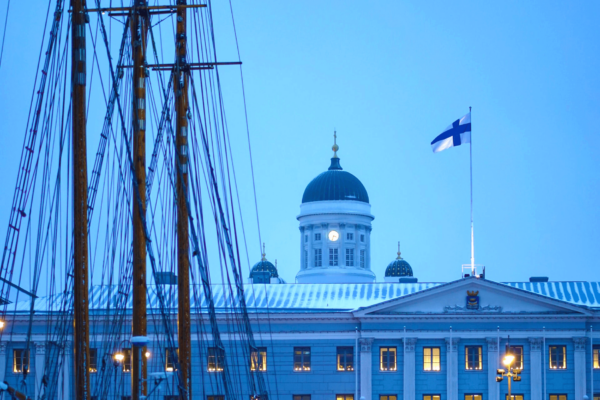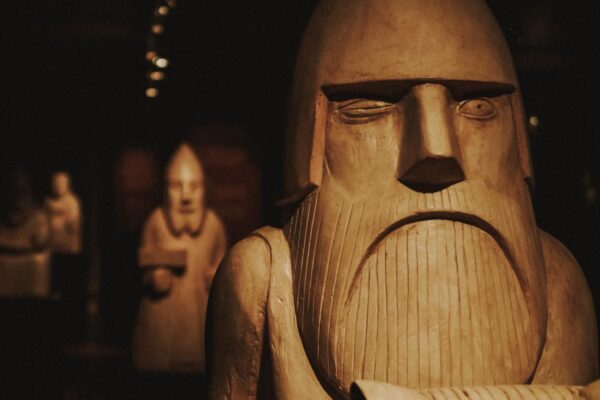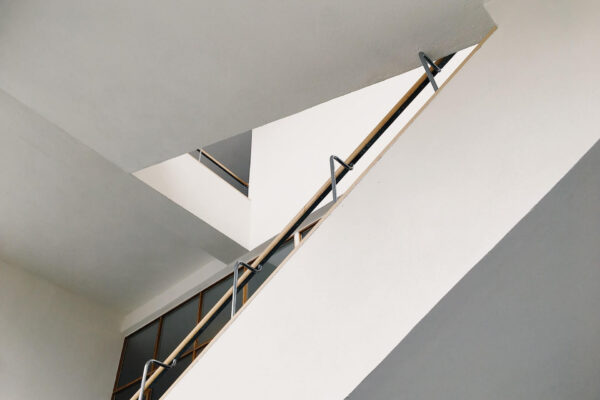The Sami people have a long and conflict-ridden history. As an original nomadic people in the far north, they have their own linguistic and cultural tradition, which is often little known in Central Europe. Find out who the Sámi are and learn about their history from the Middle Ages to the present day in our comprehensive overview.
Who are the Sami?
The Sami are an indigenous people who live in the north of the Scandinavian countries and Russia. In the past, they were also referred to as Lapps, but today this is a rather derogatory term. Sami, or Sámi, is the self-designation of the people and was adopted from the 1970s onwards.
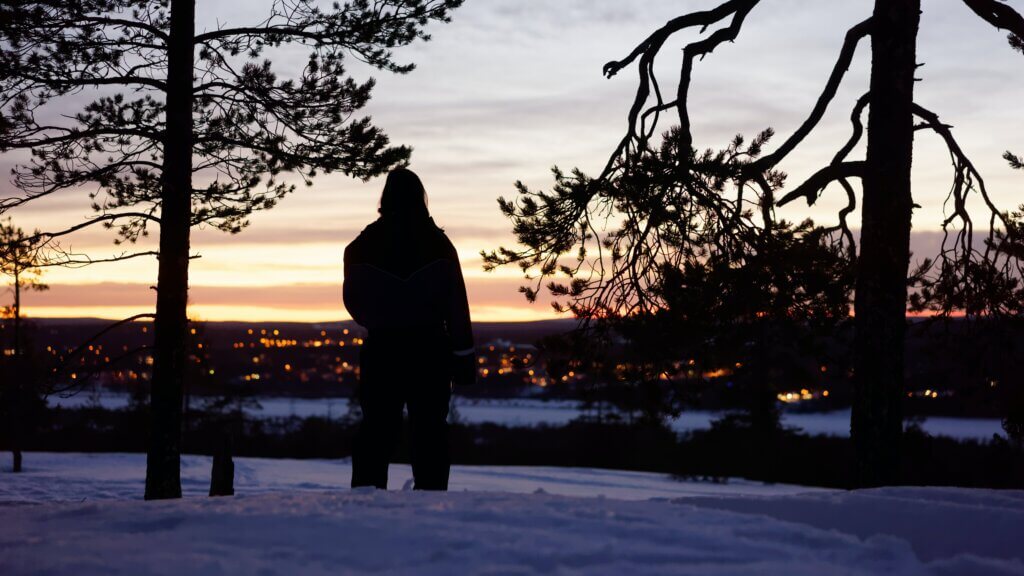
Where do the Sami live?
The Sami live in the northern regions of Norway, Sweden, Finland and on the Russian Kola Peninsula. Their numbers are not exactly known, but it is estimated that there are around 80,000 people in total, half of whom live in Norway.
What language do the Sami speak?
Today, only less than half of all Sami speak a Sami language. These languages, also known as Sami or Saami, are often categorised according to their geographical location. Of the eleven known Sami languages, two are already extinct and several others have only 10-20 speakers.
The most widespread Sami language is Northern Sami with around 17,000 speakers. It is followed by Lulesa with approx. 800 speakers, South Sámi with approx. 700 speakers and Klidin Sámi with approx. 650 speakers.
Sami history
Early history and the Middle Ages
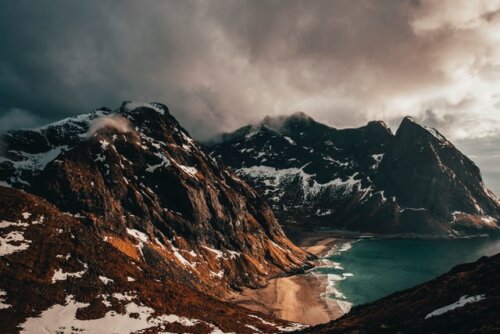
The settlement of the Sápmi, the traditional settlement area of the Sami, can be traced back up to 10,000 years through archaeological finds. Reindeer breeding is said to have begun around the 2nd millennium BC. Despite this research, the origin of the seeds is disputed.
There is evidence of a tense relationship between the Vikings and the Sami in the Middle Ages. But trade also took place. In the High and Late Middle Ages, when the formation of states slowly began, the Scandinavian states began to levy taxes and take possession of Sámi land. This was the beginning of the systematic oppression that was to last for centuries.
Modern times: subjugation of the Sápmi and mistreatment of the indigenous people
At the beginning of the 17th century, the situation for the Sami worsened. Strict taxes were levied and the Swedish royal family enforced them rigorously. In addition, church villages were established not only to proselytise the indigenous people, but also to serve as court and market places. Thus, the population, who had to travel there for their trade, could be better controlled.
However, the Sami were not only disadvantaged by taxes, missionary work and the cultivation of their land; Sami were also used as forced labour for projects such as the silver mine in Nasafjäll. Enslaved Sami who had been driven into poverty performed all kinds of physical labour for the settlers.
Minor legal improvements and fanatical Christianisation
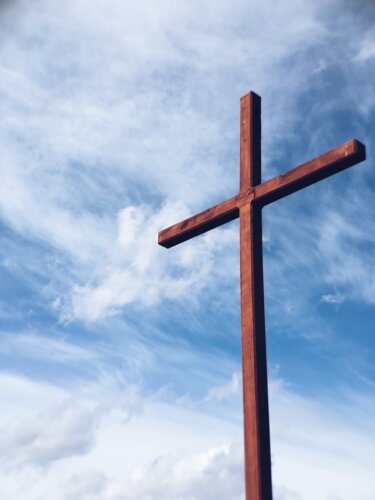
In the 18th century, there were some small improvements in the legal status of the Sami natives. For example, they were given the right to cross the border at any time and their hunting rights vis-à-vis the settlers were more clearly regulated. However, they were not equal to the settlers for a long time.
The situation had also come to a head over the question of faith. Sami places of worship were destroyed and the church tried to convert people against their will. Among other things, this led to deaths in the Sami community.
Industrialisation, racism and displacement of the indigenous people
With industrialisation and the first railways in Scandinavia, the Sami were increasingly pushed off their land. At first, the Swedish state tried to defuse the situation with the so-called “Fjällodlingsgräns”, which was intended to grant the Sami the western part of their land for reindeer husbandry. However, this did not lead to the desired result.
In addition, social Darwinism, which was popular in Northern Europe in the 1920s, further exacerbated discrimination against the Sami. In the meantime, they were banned from speaking their mother tongue and their children were deliberately taught at a lower educational level than those of the immigrants, as they were believed to be less intelligent.
On the Russian peninsula of Kola, the government first settled other population groups, namely Komi and Nenets. Then the formation of reindeer kolkhozes was enforced, forcing the Sami to abandon their nomadic way of life and settle down.
Sami culture
Nomadism
Nomadism has always been anchored in Sami culture. Until the 16th century, most Sami lived nomadically. With the establishment of church villages, they were then increasingly forced into a sedentary lifestyle. One of the reasons for this was that the reindeer herds on which many Sámi lived were not domesticated, but people travelled behind them.
The reindeer economy
Reindeer have always played an important cultural role for the Sami. As early as the 17th century, people began to follow the reindeer herds. They protected them from predators and separated animals for slaughter from the herd. As the reindeer were not domesticated, they were monitored around the clock until the second half of the 20th century.
This was eventually replaced by the use of technical aids such as snowmobiles and motorbikes. Only in impassable mountain areas monitoring on foot is still common today, so that the machines do not have to get too close to the herd. Today, only 15 per cent of all Sami still practise reindeer husbandry.
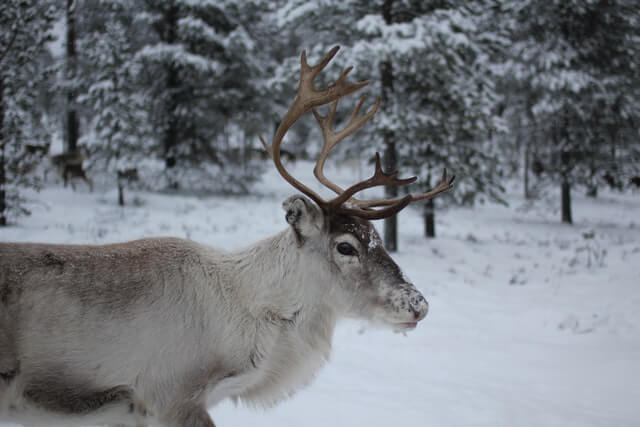
Religion
Until Christianisation, the Sámi followed a shamanism that varied from place to place. With the help of a sacred drum, this was intended to establish contact with nature, which was regarded as animate. Due to the nomadic way of life in particular, nature played a major role in everyday Sami life and was therefore regarded with great reverence.
The earth itself, but also the sun or the wind, were associated with gods. Sacrifices were made to them at prominent places in the landscape. The mythology of the Sami nature religion differs from what is often referred to today as Norse mythology, which actually refers to the mythology of the later settlers.
Christianisation began in the 14th century. At the beginning of the 17th century, the traditional Sami religion was even banned. The sacred drums were burnt and violent clashes broke out.
The Sami flag
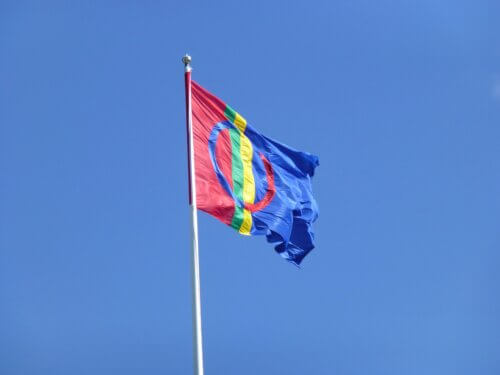
The Sami flag was first displayed in the 1970s when protests were organised against the Alta dam in Sápmi. The flag, designed by Synnøve Persen, was confirmed as the official flag of the Sami people by the Nordic Conference on 15 August 1986.
The Joik
Joik is a traditional Sami singing style that was used to express emotions. Today it is often used by Scandinavian musicians with and without a Sami background. One famous example is the Sami-Norwegian singer Mari Boine.
Duodji: Sami handicrafts
Traditionally, Sami handicrafts focused particularly on everyday objects. This was due to the nomadic way of life of the people. Typical Nordic natural raw materials such as wood, leather and other parts of the reindeer were used. Today you can study duodji at the only Sami college in Kautokeino.
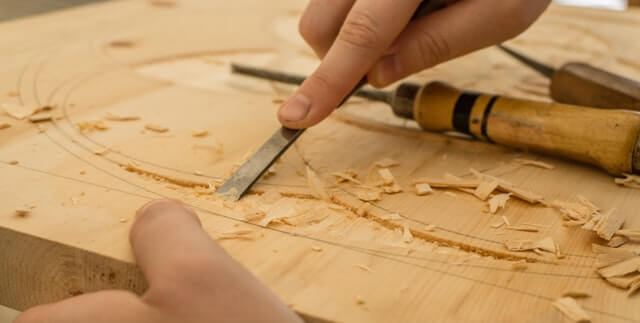
Traditional clothing
Due to the traditional way of life and the climate of the far north, traditional Sami clothing is mainly made of leather and later woollen fabric. The colour scheme indicates where the wearer comes from. The predominant colours are those of the Sami flag, which, among other things, represent the sky, the sun, fire and the earth.
Goahti
Goahtie is the name given to the traditional dwellings of the Sami people. There are different types, most of which are designed for a nomadic lifestyle and have a fireplace in the centre. Traditionally, there are rules on how to behave in such a dwelling.
Politics
Even today, there are still legal conflicts between the Sami and the regional governments of the areas in which they live. This is mainly due to encroachments into the areas they have inhabited for centuries. This often leads to economic losses. The remaining reindeer herders in particular are often affected. However, the extraction of raw materials in their area without their involvement has also led to conflicts.
The current way of life of the Sami
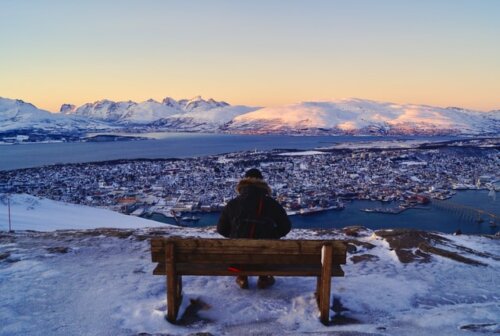
Today, the proportion of Sámi in the total population is low, even in their original settlement areas.
A large proportion has been forced to adapt over the centuries due to economic and cultural circumstances, and some have opted for modern occupations. Nevertheless, a relatively large proportion of the Sami population is still involved in reindeer husbandry, seal hunting or fishing.
Literature, films and museums
If you want to learn more about Sami culture, books and documentaries are particularly useful when you are at home. If you are travelling to Scandinavia, you can visit museums and Sami cultural centres to learn more about their culture and way of life.
Sami museums
- Siida in Inari (Finland)
- Ájtte in Jokkmokk (Sweden)
- Saemien Sijte (South Sami Museum and Cultural Centre) in Snåsa (Norway)
- Sami Centre for Contemporary Art in Karasjok (Norway)
Traditional winter market in Jokkmokk
A highlight for many Sámi is the traditional winter market in Jokkmokk, which has been held since the 17th century. Every year in February, the small town in northern Sweden becomes a meeting place for the Scandinavian Sámi. There are also exhibitions, stalls with traditional handicrafts and traditional Sami cuisine.
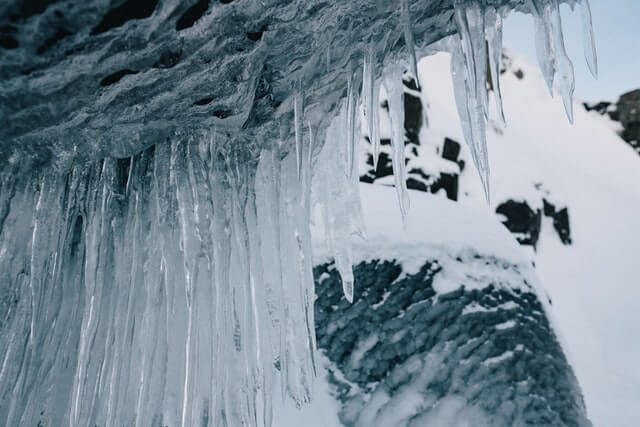
The Riddu Riđđu Festival
The Riddu Riđđu Festival takes place annually in Kåfjord (Gáivuotna in northern Sami) in northern Norway. Here you can experience Sami music and culture. Other indigenous peoples take part with various art forms such as music, dance and theatre as well.
Sami film festival in Kautokeino
The Sami film festival takes place in Kautokeino every year. The films are shown on a screen partly made of snow. It is also the only “drive-in cinema” for snowmobiles.
